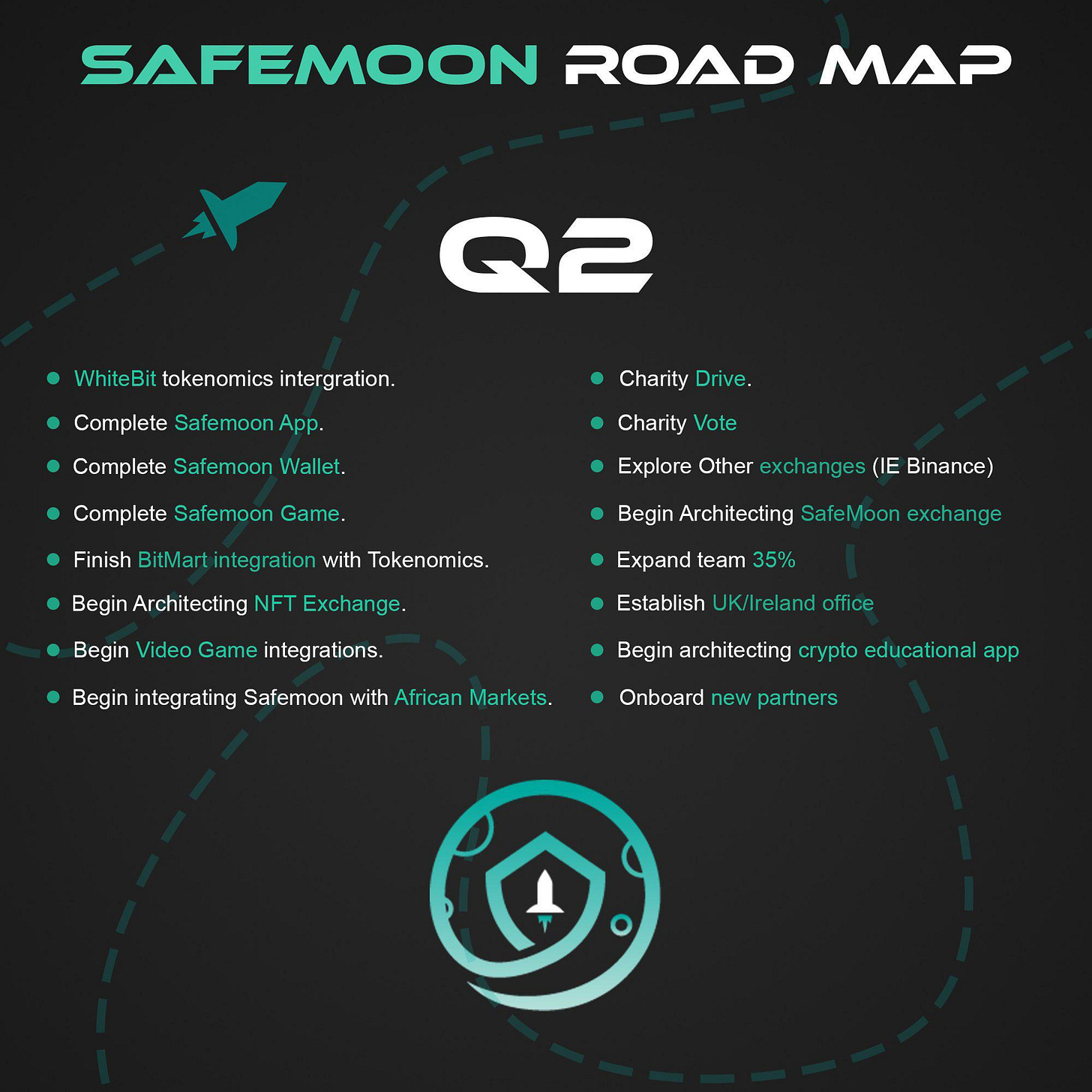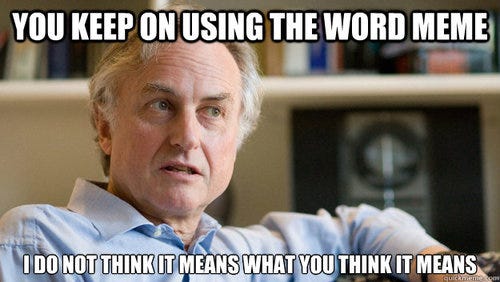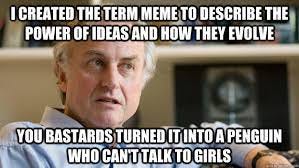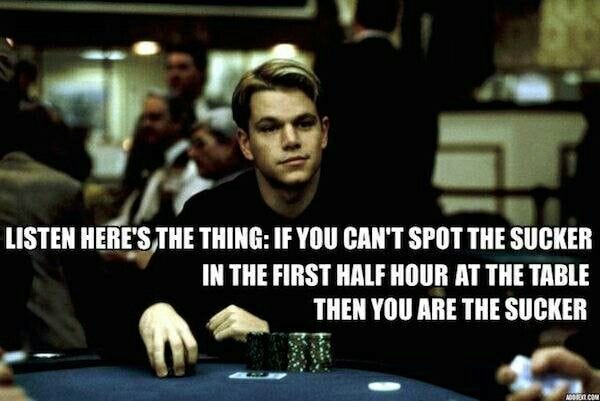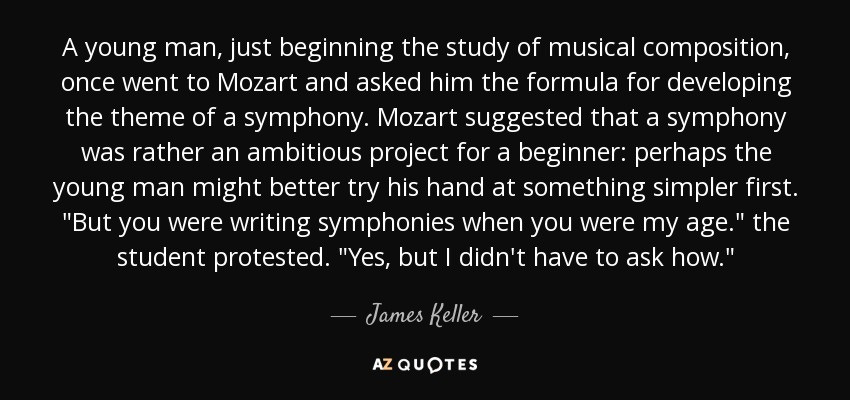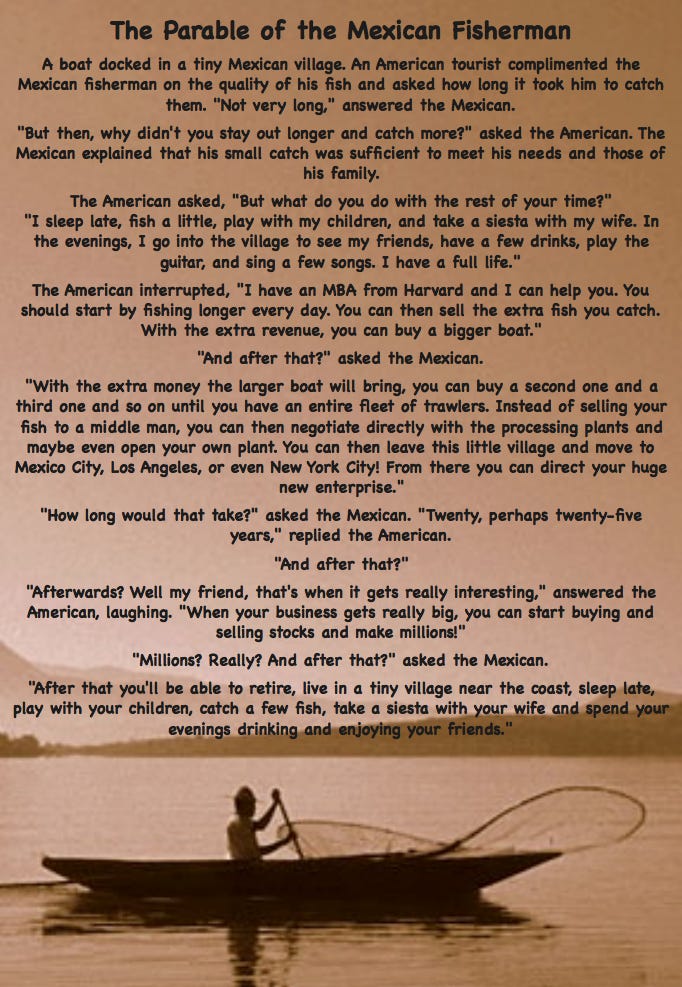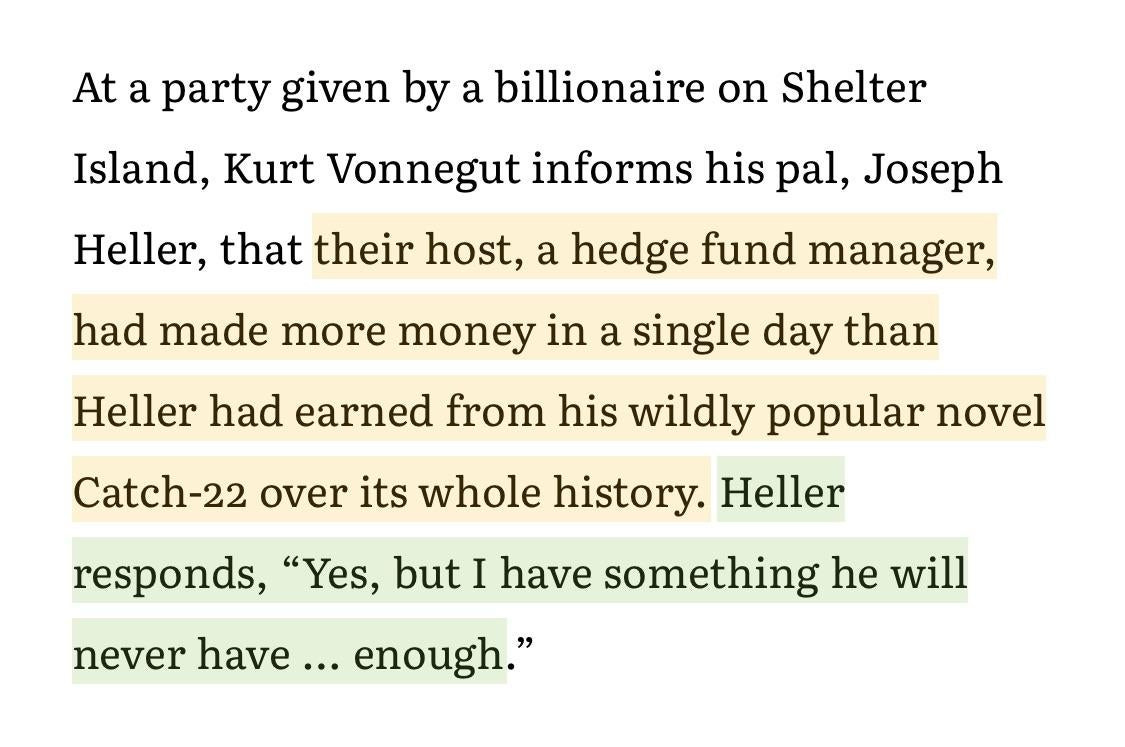Those who cannot remember the past are condemned to repeat it
Hi friends. It’s been a while. Hope you’re all doing well this fine bear market. Meme coin season is in full swing. What to make of it?
Let’s be real. The VAST majority of NFT projects / communities are reimagined meme coins, shit coins, alt coins, or whatever you want to call them.
Join me as we take a walk down memory lane and compare + contrast NFTs and meme coins and see how similar they really are, where the differences lie, and how we might learn from history.
Cobie was (kinda) right
Cobie (in)famously said that NFTs were simply altcoins with pictures. The NFT community had a pretty visceral negative reaction to his comments at the time (bag bias is real), but more and more people are coming around to the fact that there might just have been more than a little truth to what he said.
It’s very easy to see how accurate he was/is when we compare what is happening right now with meme coin season and what happened during late 2021 and a lot of 2022 during NFT season.
YES I KNOW THERE ARE EXCEPTIONS.
I’ll cover the exceptions in a bit, but I know that not ALL NFTs are useless junk, and there is a tremendous amount of potential, utility, and benefit to NFTs that you simply can’t get with ERC-20 tokens. It’s just that, as it currently stands, over 99% of all NFTs that have been released are almost certainly ponzi vaporware.
Think of your standard 10k PFP collection with a team and a dream and a “community”. These are, with but a few exceptions, no different to $PEPE, $DOGE, $SHIBA, $TURBO, $BEN, or any other much-less-successful coin.
Don’t believe me? “Oh but my project has a plan; a roadmap; a vision. They’re gonna DO THINGS.”
You think meme coins don’t have roadmaps? Check out SafeMoon’s roadmap — one of the most popular meme coins from early 2021:
The anatomy of *most* meme coins and the anatomy of *most* NFT projects is basically the same:
-
You have an idea
-
You start to market the idea
-
In a bullish / mania phase, this usually includes having a “pre-sale” or “whitelist / allowlist” which gives the illusion of demand + creates FOMO for those who don’t make the cut
-
There’s usually some sort of “roadmap”
-
You sell the thing and immediately most of the buyers / holders start trying to sell it for more than they paid
-
97-99% of holders are there because they want number to go up and to sell to the next fool
-
1-3% of holders are there because they actually believe in the idea / community / vision / project / whatever
The lifecycle looks largely the same too:
-
Begin
-
Max hype in lead up to mint/launch
-
Post-launch attempt to pump things up further; in bull markets, this can get crazy
-
An inevitable and significant crash
-
MAYBE a second pump; usually not
-
A slow bleed to death, with a few diehard fans trying to revive the project but most people have moved on
-
All the while “the holders” are going on and on about “omg look how many unique holders we have”, “look who just bought in”, “why are people tanking the floor / dumping their tokens”, “buy the dip”, “devs do something”, etc etc.
Seem familiar? If you’ve spent any time in an NFT Discord server or a meme coin Discord/Telegram chat, none of this should come as a surprise.
The vibes are astonishingly similar. Again, I know there are exceptions. I know this doesn’t apply to everything.
The differences..
One curious element is that when it comes to NFT projects, people seem to hold “the team” more accountable than they do for meme coins. Perhaps it’s because with meme coins, people expect to be rugged and for the team to disband and the token to go to zero, and that expectation isn’t really there for NFT projects.
Not that people don’t try to hold founders of meme coins accountable, but for the most part, it’s expected that these are gonna be rug pulls, so the bar is so freaking low that as long as it’s not a blatant rug, people seem to not care and move on to the next thing.
I think people inherently know that meme coins are gambling gacha games, because, well, that’s effectively all they are. That same mentality isn’t as applicable for NFTs, probably because there are (far) more exceptions to the rule.
This tends to mean the lifecycle of an NFT project is a lot longer than a meme coin, and we see a lot more “slow rugs” in comparison to the quick deaths of most meme coins.
We also see many actually legitimate projects that have longevity and are more likely to build a sustainable business model + ecosystem that can break the ponzi mold and actually move the needle.
Diving deeper on the differences, it might seem obvious, but it’s worth stating outright: NFTs are.. not… inherently fungible.
The uniqueness allows for potential innovation and products and solutions that fungible tokens simply don’t.
I love to reference Punk6529’s graphic whenever I’m talking about the possibilities and future of NFTs. We are early. NFTs are largely still in the art + collectibles camp, but gaming, metaverse, brands, culture, and IP all have a seat at the table too and a lot of exciting building is happening in those arenas.
There are, of course, already people and companies creating awesome things with NFTs. Rewards/loyalty programs, ticketing, POAPs, memberships, etc.
Art, of course, is one of the best use cases for the technology. Digital artists worldwide finally have an avenue for selling their work; and collectors finally have an avenue for collecting digital art.
Another big difference between meme coins and NFT projects is the role that the “team” plays. For NFT projects, teams these days are largely expected to be doxxed and to an extent put their reputations on the line, and if things don’t go well, the community will hold them accountable; oh boy will the communities hold them accountable! (I am envisioning every NFT project founder aggressively nodding along here).
This is less the case for meme coins where totally anon projects will often still get stupid amounts of volume and reach insane market caps. Also, more frequently, people will just blatantly rug and scam you right to your face *cough* ben *cough*.
It definitely seems that the intention of many NFT project founders is far more pure than that of most meme coin founders. A lot of them genuinely believe in their idea and put a lot of work into getting from 0 to 1. This is a large part of why I am still here, and why I am still bullish on NFTs as a technology (as well as certain NFTs in existence today).
In Defense of Memes
Okay it might seem that I am totally disparaging towards meme coins, but I actually don’t hate them. Far be it from me to hate on memes. On the contrary, I THINK MEMES ARE MONUMENTALLY IMPORTANT.
Memes are the most powerful thing in the world. Memes rule everything. Everything is a meme. Memes are NOT simply doge, pepe, etc. Religion is a meme. Diets are memes. All of fashion is simply memes.
Memes are CULTURE.
Many meme coins take on lives of their own. It’s fun and endlessly fascinating to watch them evolve, mutate, and disperse throughout the community. Dismissing them out-of-hand is, I think, a mistake. There’s a lot to learn from meme coins.
One of the unfortunate side effects though is the perception issue they create. When so much of the volume of tokens are scams, it is easy for people to dismiss the entire space as one giant scam. While I know that, and you know that, the hope is that “the rest of the world” will eventually know that.
Just because most meme coins are scams, doesn’t make the ERC-20 standard useless.
Just because most NFTs are scams, doesn’t make the ERC-721 or ERC-1155 standards useless.
Just because most L1s are scams, doesn’t make BTC or ETH useless.
Are meme coins a canary in the coal mine event for mainstream interest / a bull run? My thoughts are a resounding: maybe!
Meme coins are an easy way for retail to get exposure to the space and splash around with some money – especially once they get added to exchanges. Maybe lots of people who have been sitting on the sidelines are deciding to dabble with meme coins; maybe it’s just the same few of us degens pushing the same money back and forth.
I don’t know the answer; I don’t think anyone really does.
So, uh, is it worth punting on meme coins?
You can make stupendous money trading meme coins, just like you have historically been able to do with NFTs. There is no other market on earth (that I can think of) where you can so consistently see returns of 100x-1000x. No risk no reward, no guts no glory, yada yada yada. The reason the returns are so great are in large part because the risks are so great.
The downside is often 90-100%, and the frequency with which these massively negative returns happen is astonishing.
Meme coins are the epitome of asymmetric bets. Consider the idea of a 100x return. In order for you to break even on an investment strategy that includes a 100x return, you can afford to have 99 projects be complete rug pulls.
One thing to remember is that the deck is stacked against you, and the insiders and whales are always going to have an edge. This doesn’t mean you can’t also win, but you’re playing two different games.
Trading meme coins is gambling.
You can make money gambling; you can even have an edge and be a profitable gambler. Just be clear about what it is you’re getting into, understand the risks, and only gamble with what you can afford to lose.
MOST PEOPLE SHOULD NOT TRADE. PERIOD.
Everyone overestimates their ability to be a profitable trader. Virtually every single person would be better off dollar cost averaging into BTC + ETH every month and doing nothing else as their entire exposure to the crypto asset class.
I recommend reading this thread I wrote on the topic:
THE {MEME COIN} TRADERS MANIFESTO
How do you know if you should trade meme coins?
Back when I was a professional poker player, people used to ask me all the time: “should I go pro?”
My answer was always the same: if you have to ask, the answer is no.
If you have to ask if you should be trading meme coins, if you’re asking if it’s a smart or sensible thing for you to be doing, if you need someone else to validate it for you — you should not be doing it. You need to KNOW you have an edge, and the plain hard truth is, most people do not have an edge.
The Hedonic Treadmill
Take a step back and think about WHY you might even want to trade meme coins, or NFTs, or anything. What is the end goal? Is it to make more money? If so, to what end? Why are you here? When is enough, enough? What’s the goal? The REAL goal?
I leave you with two final parables to think about throughout your day:
- SEO Powered Content & PR Distribution. Get Amplified Today.
- PlatoAiStream. Web3 Data Intelligence. Knowledge Amplified. Access Here.
- Minting the Future w Adryenn Ashley. Access Here.
- Buy and Sell Shares in PRE-IPO Companies with PREIPO®. Access Here.
- Source: https://zeneca33.substack.com/p/letter-38-meme-coins-are-nfts-without


